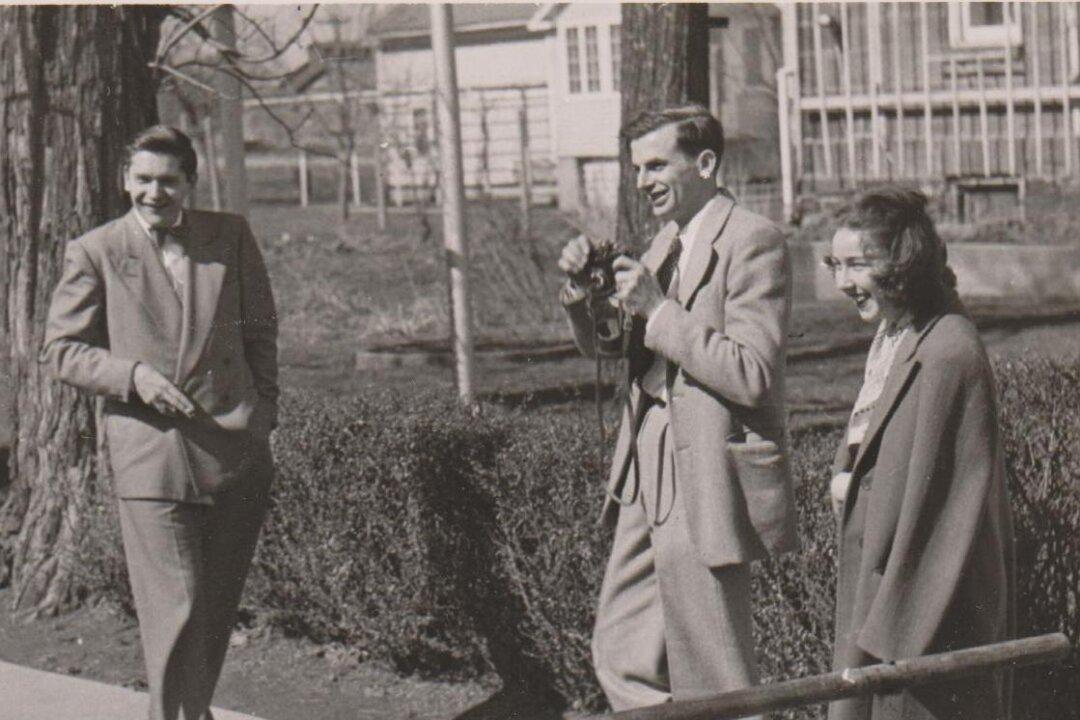In the modern era it is difficult to imagine a world not awash in “Star Wars.” Whether it be new films, merchandise, seemingly endless streaming series on Disney+, or theme park attractions and hotels, the culture is inundated with the space epic’s artifacts. None of this, however, is by accident in that Disney purchased the franchise from filmmaker George Lucas in 2012 for over $4 billion and always had its sight on overhauling and “expanding” the monetarily lucrative brand for massive profits.
Now that a “Star Wars” themed hotel experience opened—to less than stunning results—and with the announcement of a new “Obi-Wan” streaming series, it is time to return to the original source and gauge exactly why an unlikely space-fantasy was able to tap into the collective zeitgeist of a generation and become a cultural mainstay.




